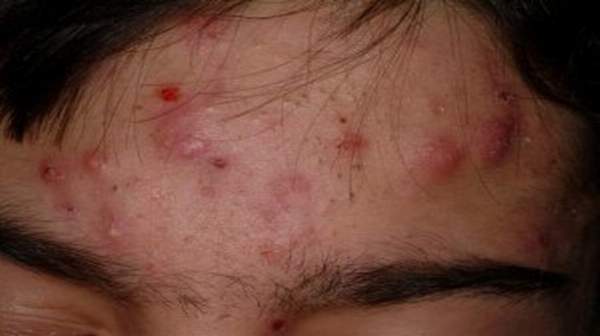Definition
Numbness in one or both hands describes a loss of sensation or feeling in your hand or fingers. Often, numbness in hands may be accompanied by other changes, such as a pins-and-needles sensation, burning or tingling. The arm, hand or fingers may feel clumsy or weak.
Numbness can occur along a single nerve, or it may occur in both hands in a symmetrical pattern.
Causes of Tingling in the Hands and Feet
Diabetes is one of the most common causes of peripheral neuropathy, accounting for about 30% of cases. In diabetic neuropathy, tingling and other symptoms often first develop in both feet and go up the legs, followed by tingling and other symptoms that affect both hands and go up the arms. About two-thirds of people with diabetes have mild to severe forms of nerve damage. In many cases, these symptoms are the first signs of diabetes.
In another 30% of peripheral neuropathy cases, the cause is unknown or “idiopathic.”
The remaining 40% of cases have a variety of causes such as:
- Nerve entrapment syndromes. These include carpal tunnel syndrome, ulnar nerve palsy, peroneal nerve palsy, and radial nerve palsy.
- Systemic diseases. These include kidney disorders, liver disease, vascular damage and blood diseases, amyloidosis, connective tissue disorders and chronic inflammation, hormonal imbalances (including hypothyroidism), and cancers and benign tumors that impinge on nerves.
- Vitamin deficiencies. Vitamins E, B1, B6, B12, and niacin are essential for healthy nerve function. A B12 deficiency, for example, can lead to pernicious anemia, an important cause of peripheral neuropathy. But too much B6 also can cause tingling in the hands and feet.
- Alcoholism. Alcoholics are more likely to have a thiamine or other important vitamin deficiencies because of poor dietary habits, a common cause of peripheral neuropathy. It’s also possible that alcoholism itself can cause nerve damage, a condition that some researchers call alcoholic neuropathy.
- Toxins. These include heavy metals such as lead, arsenic, mercury, and thallium, and some industrial and environmental chemicals. They also include certain medications especially chemotherapy drugs used for lung cancer but also some antiviral and antibiotic drugs.
- Infections. These include Lyme disease, shingles (varicella-zoster), cytomegalovirus, Epstein-Barr, herpes simplex, and HIV/AIDS.
- Autoimmune diseases. These include Guillain-Barre syndrome, lupus, and rheumatoid arthritis.
- Inherited disorders. These include a group of disorders collectively known as Charcot-Marie-Tooth disease.
- Injury. Often related to trauma, nerves can be compressed, crushed, or damaged, resulting in nerve pain. Examples include nerve compression caused by a herniated disc or dislocated bone.
Associated Diagnoses
- trauma
- peripheral nerve compression
- frostbite
- beriberi
- diabetic nerve damage
- multiple sclerosis
- snake bites
- neuralgias
- rabies
- radiculopathy
- peripheral neuropathy
- pernicious anemia
- toxin exposure or poisoning
- stroke
- necrotizing vasculitis
- Guillain-Barre syndrome
- malnutrition
Diagnosis and Treatments
See your doctor if finger numbness doesn’t go away and is accompanied by other symptoms like weakness and pain. A complete medical history and physical may be required for a diagnosis. Possible required tests include:








